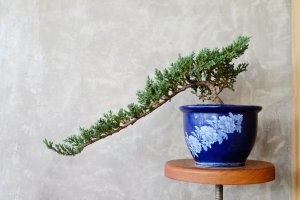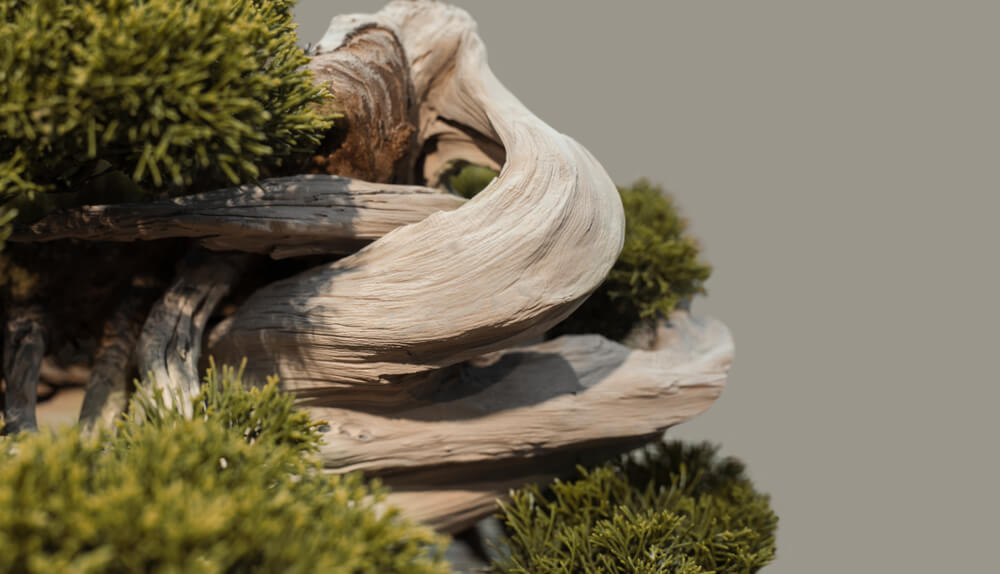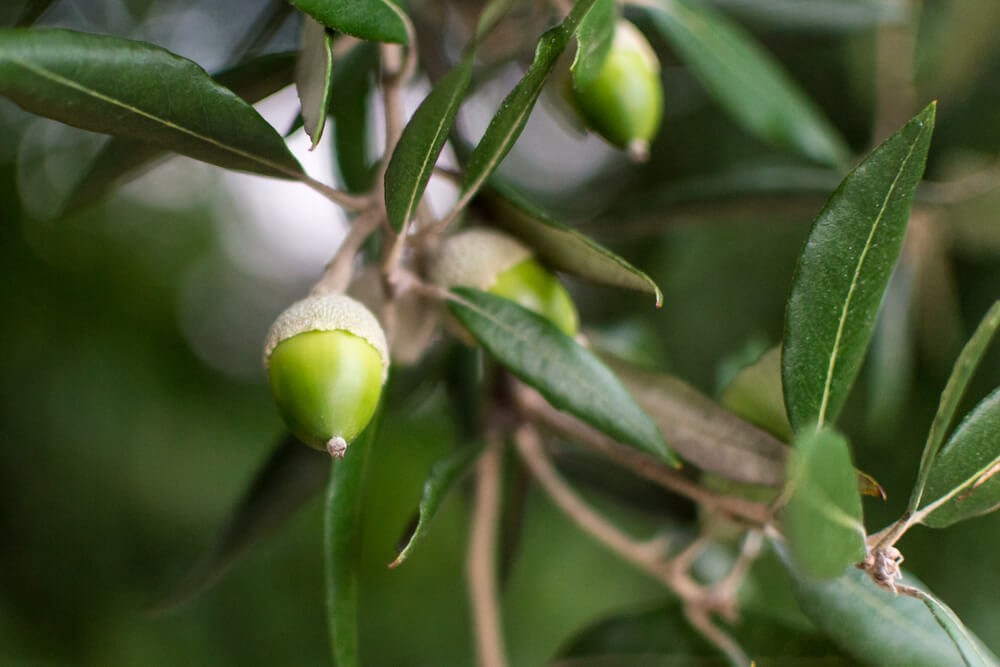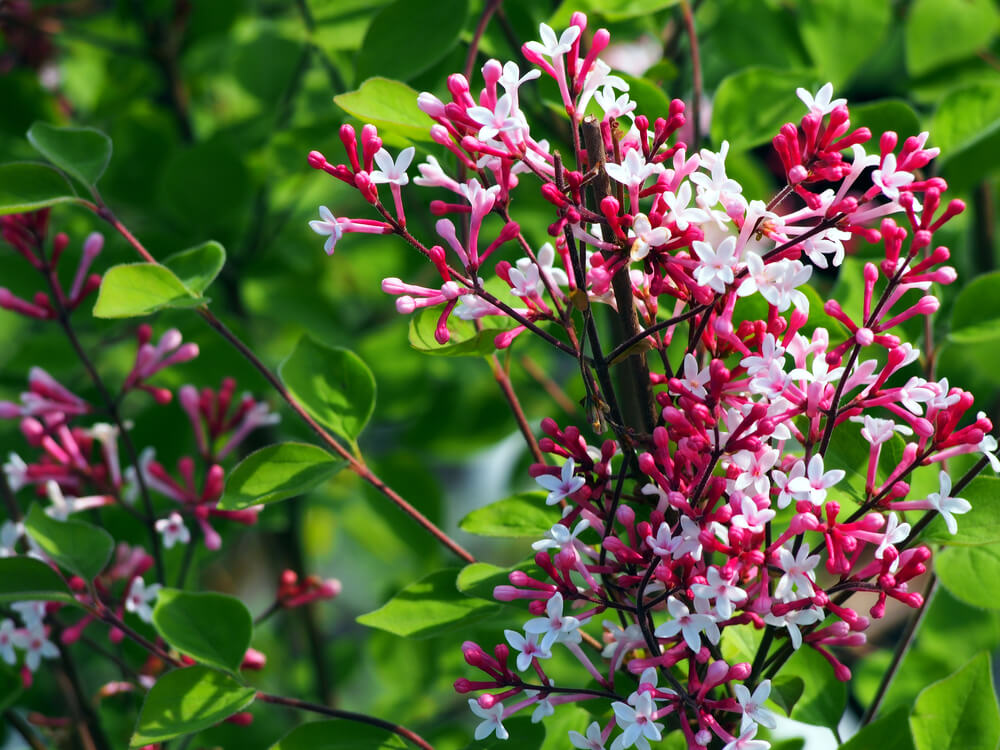Decorate with These Beautiful Types of Bonsai Trees

Turning your yard into a special garden is within your reach. Move on from the normal decor ideas and try something different. Decorate your yard with these beautiful types of bonsai trees and create a special garden.
The term “bonsai” is Japanese and “bon” means “tray” whereas “sai” means “plant”. But the species of the tree itself can come from anywhere.
Bonsai trees can fit in well in areas that have both warm and cold seasons alongside typical plants such as rose bushes, aromatic plants, hedges and grass.
Scots pine and Maritime pine
Scots pine, or Pinus silvestris, can work perfectly as a bonsai tree. It can feature the following characteristics:
- Small size: 60-centimeters-tall and a 50-centimeter-wide trunk.
- It can sit on top of a platform, replicating the actual shape of a pine tree. Scots pine bonsai trees will stop growing once their roots have maxed out the space available.

These bonsai trees perfectly suit wide, open yards. You can place them on top of a table or on a garden shelf and make them into a centerpiece. They’ll also make great botanical focal points for your entire yard.
Next, you also have maritime pine, or Pinus pinaster, as an option. They share similar characteristics with Scots pine and offer very beautiful decor. Feel free to use them alongside Scots pine bonsai trees, filling your garden with two types of pine.
Field elm
The next species on our list, Ulmus minor, don’t grow to great heights. But they do, however, add a wonderfully curious decor to yards. They are the perfect miniature of their bigger counterparts. So what are their characteristics?
- Field elm bonsai trees grow up to 20 centimeters.
- You can plant them using a cutting from the original tree.
And how you use them to decorate your yard? Here’s an interesting idea: make a pedestal out or a cylindrical trunk that’s about 12-centimeters tall. Then, place the field elm bonsai on top.
— Bonsai trees might very well be life’s expression of art. —
-Pons Ferrer-
Oak: two types of bonsai trees
Pyrenean oak, or Quecus pyrenaica, is the first option. You can grow them by using acorns or a sapling. After, you just need to plant the acorns or move the sapling to a pot and give it the care it needs to grow into a normal tree.

Oaks offer gardens unparalleled beauty. They grow up to 40 centimeters and also look beautiful on wooden pedestals or in rustic gardens. Oak bonsai trees also portray a passion for botany.
Another wonderful oak to consider is the Quercus suber, or cork oak. Let’s look at its characteristics.
- You can grow cork oak bonsai trees by planting an acorn. After, you need to be very patient and wait a couple of years until your tree reaches a decent height.
- They grow to be about 20 centimeters. They make for beautiful decor on top of a shelf or patio table.
Red Pixie lilac and fig trees
The next species on our list are less common but make an enormous contribution to garden decor: red pixie lilac and fig trees. The colors and shapes that they feature are absolutely stunning from a decor and botanic point of view.

- Red pixie lilac (Syringa microphylla) commonly flowers its pinkish buds in spring. Meanwhile, in the summer, its leaves stay green until autumn, when they change to red. You can grow them from saplings that grow from a large network of roots.
- You can grow fig trees (Ficus carica) by planting fig seeds. But we recommend buying a small tree at a plant nursery and pruning it until you have the desired size. They’re very decorative thanks to their lovely leaves.
Pomegranate trees and the Judas tree
Pomegranate trees, or Punica granatum, are very small, growing to be around 40 centimeters and look great in high areas. You can grow them by collecting pomegranate seeds at the beginning of spring and planting them around February.
Another wonderful option is the Cercis siliquastrum, or the Judas tree. You can easily obtain the seeds from the pods that fall from mature trees. Plant several of the seeds you obtain from the previous autumn in February.
Turning your yard into a special garden is within your reach. Move on from the normal decor ideas and try something different. Decorate your yard with these beautiful types of bonsai trees and create a special garden.
The term “bonsai” is Japanese and “bon” means “tray” whereas “sai” means “plant”. But the species of the tree itself can come from anywhere.
Bonsai trees can fit in well in areas that have both warm and cold seasons alongside typical plants such as rose bushes, aromatic plants, hedges and grass.
Scots pine and Maritime pine
Scots pine, or Pinus silvestris, can work perfectly as a bonsai tree. It can feature the following characteristics:
- Small size: 60-centimeters-tall and a 50-centimeter-wide trunk.
- It can sit on top of a platform, replicating the actual shape of a pine tree. Scots pine bonsai trees will stop growing once their roots have maxed out the space available.

These bonsai trees perfectly suit wide, open yards. You can place them on top of a table or on a garden shelf and make them into a centerpiece. They’ll also make great botanical focal points for your entire yard.
Next, you also have maritime pine, or Pinus pinaster, as an option. They share similar characteristics with Scots pine and offer very beautiful decor. Feel free to use them alongside Scots pine bonsai trees, filling your garden with two types of pine.
Field elm
The next species on our list, Ulmus minor, don’t grow to great heights. But they do, however, add a wonderfully curious decor to yards. They are the perfect miniature of their bigger counterparts. So what are their characteristics?
- Field elm bonsai trees grow up to 20 centimeters.
- You can plant them using a cutting from the original tree.
And how you use them to decorate your yard? Here’s an interesting idea: make a pedestal out or a cylindrical trunk that’s about 12-centimeters tall. Then, place the field elm bonsai on top.
— Bonsai trees might very well be life’s expression of art. —
-Pons Ferrer-
Oak: two types of bonsai trees
Pyrenean oak, or Quecus pyrenaica, is the first option. You can grow them by using acorns or a sapling. After, you just need to plant the acorns or move the sapling to a pot and give it the care it needs to grow into a normal tree.

Oaks offer gardens unparalleled beauty. They grow up to 40 centimeters and also look beautiful on wooden pedestals or in rustic gardens. Oak bonsai trees also portray a passion for botany.
Another wonderful oak to consider is the Quercus suber, or cork oak. Let’s look at its characteristics.
- You can grow cork oak bonsai trees by planting an acorn. After, you need to be very patient and wait a couple of years until your tree reaches a decent height.
- They grow to be about 20 centimeters. They make for beautiful decor on top of a shelf or patio table.
Red Pixie lilac and fig trees
The next species on our list are less common but make an enormous contribution to garden decor: red pixie lilac and fig trees. The colors and shapes that they feature are absolutely stunning from a decor and botanic point of view.

- Red pixie lilac (Syringa microphylla) commonly flowers its pinkish buds in spring. Meanwhile, in the summer, its leaves stay green until autumn, when they change to red. You can grow them from saplings that grow from a large network of roots.
- You can grow fig trees (Ficus carica) by planting fig seeds. But we recommend buying a small tree at a plant nursery and pruning it until you have the desired size. They’re very decorative thanks to their lovely leaves.
Pomegranate trees and the Judas tree
Pomegranate trees, or Punica granatum, are very small, growing to be around 40 centimeters and look great in high areas. You can grow them by collecting pomegranate seeds at the beginning of spring and planting them around February.
Another wonderful option is the Cercis siliquastrum, or the Judas tree. You can easily obtain the seeds from the pods that fall from mature trees. Plant several of the seeds you obtain from the previous autumn in February.
All cited sources were thoroughly reviewed by our team to ensure their quality, reliability, currency, and validity. The bibliography of this article was considered reliable and of academic or scientific accuracy.
Valavanis, William: Fine Bonsai: Arte and Nature, Abbeville Press, 2012.







